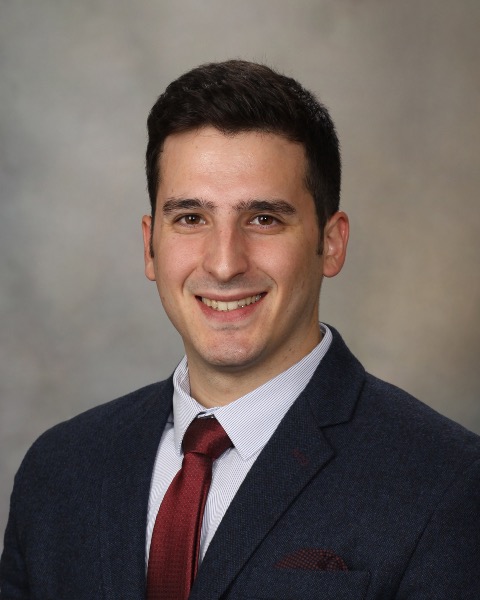Peripheral Nerve
Nerve Transfers to Anterior Interosseous Nerve for Restoration of Finger Flexion in Spinal Cord and Brachial Plexus Injury: a Systematic Review and Individual-Patient-Data Meta-analysis
Friday, February 21, 2025

Pavlos Texakalidis, MD
Neurosurgery Resident
Northwestern Memorial Hospital
Northwestern University
Chicago, IL, US
Presenting Author(s)
Disclosure(s):
Pavlos Texakalidis, MD: No financial relationships to disclose
Introduction: Cervical spinal cord injury (SCI) and brachial plexus injury (BPI) can result in hand paralysis. Reconstruction of hand motion is associated with improved functionality and quality of life. We systematically reviewed the outcomes of finger and thumb flexion after nerve transfers to the anterior interosseous nerve (AIN).
Methods: A systematic literature review and meta-analysis was performed according to the PRISMA guidelines. Successful finger and thumb flexion recovery was defined as Medical research council (MRC) grade ≥3.
Results: In total, 23 studies with 99 patients and 120 nerve transfers to the AIN were performed. Mean age of the patients was 35yo, 21.3% were female. The mean interval from injury to surgery was 12.8 months and mean follow-up duration was 24 months. Overall, 81/120 (67.5%) and 68/102 (66.7%) hands achieved successful finger and thumb flexion recovery, respectively. Individual-patient-data were available for 94 nerve transfers. The majority of the transfers were performed after SCI (56/94, 59.6%) while the remaining 40.4% were after BPI or peripheral type injury. The type of injury (SCI vs peripheral) did not affect finger or thumb flexion outcomes (Finger: OR 1.92, 95%CI 0.74-5.0, p=.17; Thumb: OR 2.15, 95% CI 0.74-6.23, p=.15). On multivariate analysis, utilization of the brachioradialis branch (25%, 1/4, OR 0.01, 95%CI 0.0006-0.44, p=.01) and BA branch (59%, 30/51, OR 0.06, 95%CI 0.006-0.68, p=.02) as donors, was associated with statistically significant lower odds of successful finger flexion recovery compared to ECRB use (95%, 19/20). During the BA-AIN transfer, when AIN was dissected at the level of the elbow and subsequently followed proximally for the anastomosis vs the AIN fascicle being mapped at the level of the arm, successful finger flexion recovery was achieved in 54.5% (12/22) and 29.2% (7/24), respectively; however, this did not reach statistical significance (OR 0.34, 95%CI 0.1-1.15, p=0.08). No donor-related weakness was reported by any study. 3 patients experienced numbness in radial hand, 2 thumb paresthesia and 1 thumb hypoesthesia.
Conclusion : Restoration of finger and thumb flexion occurs at a cumulative 67.5% and 66.7% rate respectively, with nerve transfers to the AIN. ECRB (95%) utilization as a donor was superior to BA (54.5%) or BR branch (25%).

.jpg)